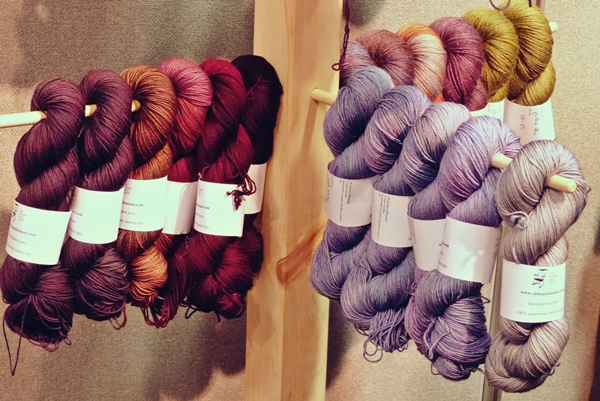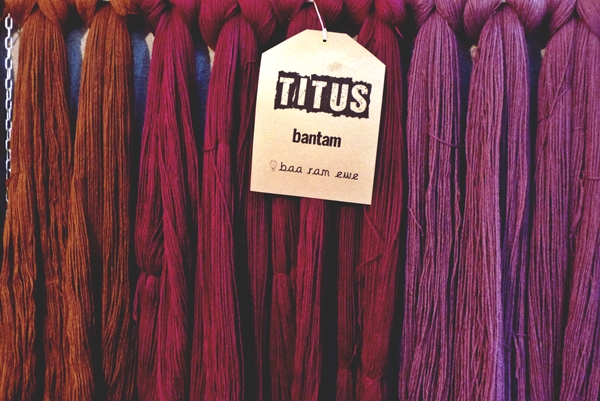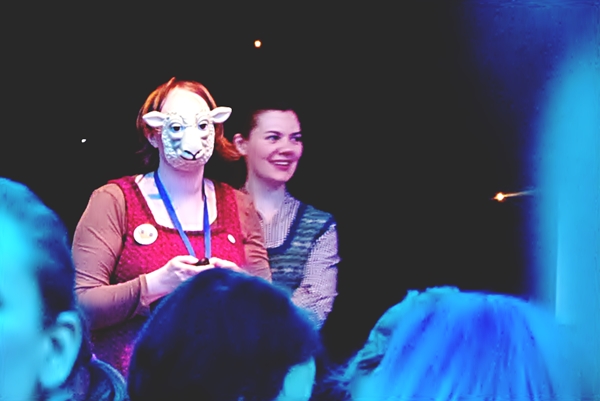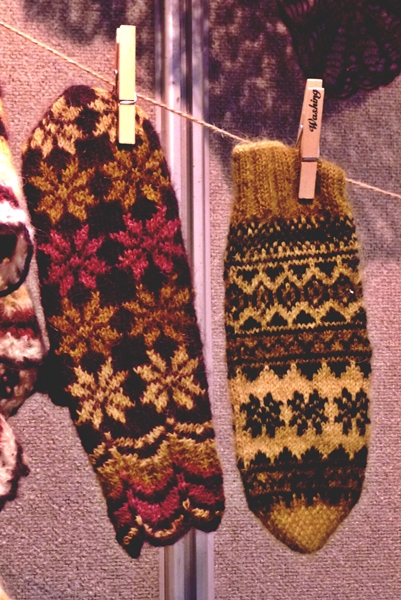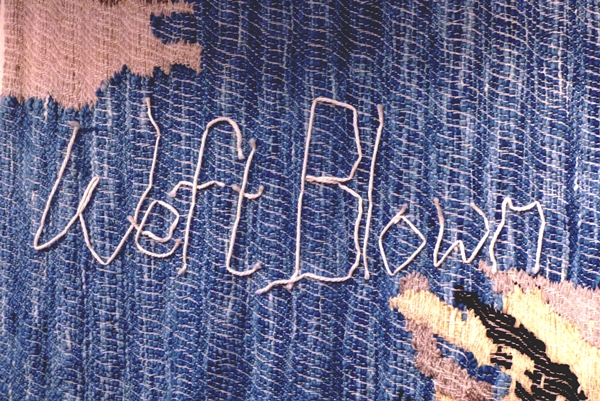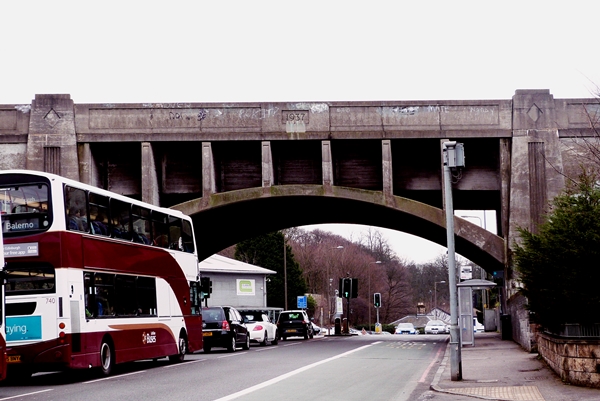Disclaimer: I've not seen Disney's Frozen but my local coffee pusher wears a necklace saying "Let It Go", so I am sure that counts as pop-cultural immersion. I opened the door to my stash cupboard this morning and my stomach clenched. I was looking at boxes upon boxes of yarn - and then various plastic bags stacked on top of the boxes or squished between them. I watched a loose ball from goodness-know-where slip down and head towards my feet. I was looking for a particular yarn but I did not know where to start - and I also realised that if I pulled out a box, the whole system* would collapse on top of my head.
(* I use this word loosely)
Yarn is all about beauty and story-telling for me. One of the many pleasure of my life in knitting is that I get to work with yarn that feels alive in my hands and connects me to its place of origin. But when I look at all the boxes, I don't see stories waiting to be written or items waiting to get worn - I see fragments of who I used to be as a knitter.
Most of my yarn stash stems from when I rediscovered knitting. I would hit the sales with friends, score bargains on the internet, and pick up random balls of yarn whenever I visited a new LYS. Then I began working for a yarn company and I accumulated so much yarn - far more than I could actually managed to knit. I was lucky to have access to yarn - but I also ended up with a lot of summer yarns that don't lend themselves to my lifestyle. I live in Scotland and, crucially, I am always cold. Even though that cotton/silk yarn looks and feels amazing, I think it's time I admitted to myself that I'm probably never going to make that casual summer cardigan.
Nowadays I work as an independent knitting designer. This change in environment means that I no longer think of yarn as something to be stashed: I have work yarn and work yarn makes me happy. I am lucky enough to work with yarns that I feel truly passionate about and I do not put those yarns into my yarn stash. Work yarn goes into the box next to my favourite arm chair and each yarn is assigned to a specific project. When I work on future projects, I derive great pleasure from researching yarns and finding the right one for the specific job. Occasionally I will have the right yarn in the stash - but I will know exactly where to find it because it was always destined for one specific design.
I've changed the way I think about yarn, in other words. It is time for a destash and luckily this urge coincides with my knitting group's annual destash evening. I think I am about to shock my friends. Let it go, let it goooo...
[embed]https://www.youtube.com/watch?v=JfMBcIVU6Rw[/embed]

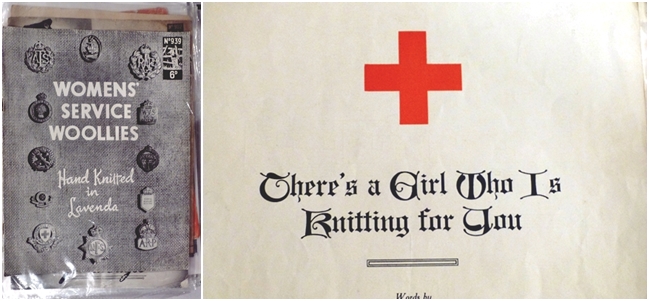
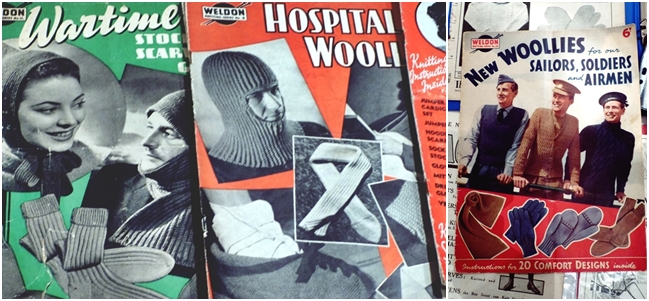
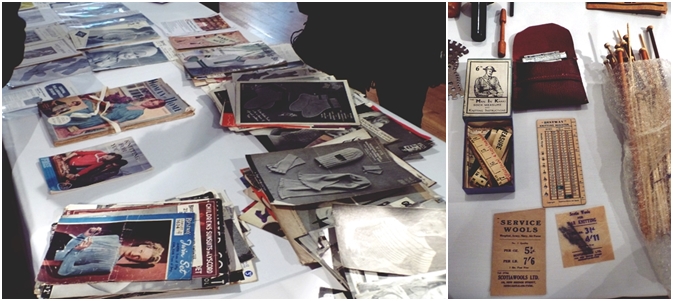
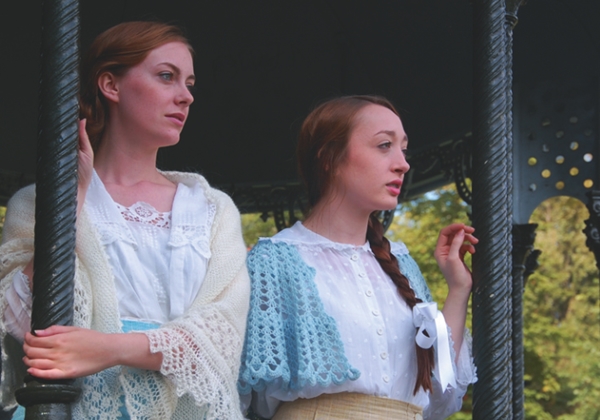
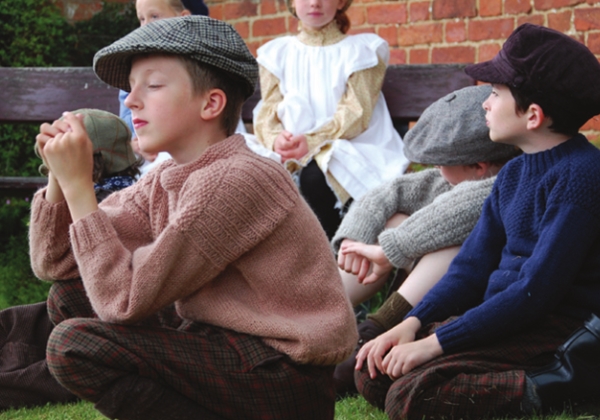
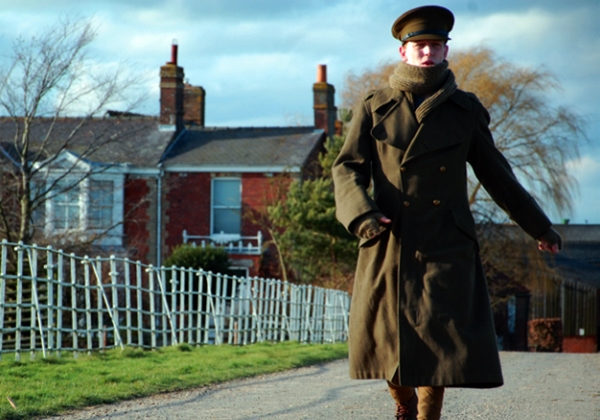
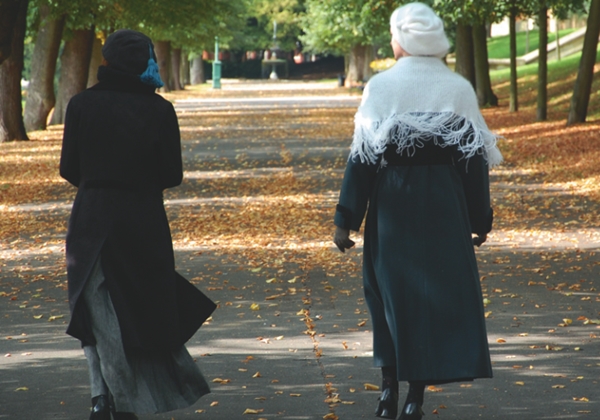
 Earlier today I was having a long conversation with
Earlier today I was having a long conversation with
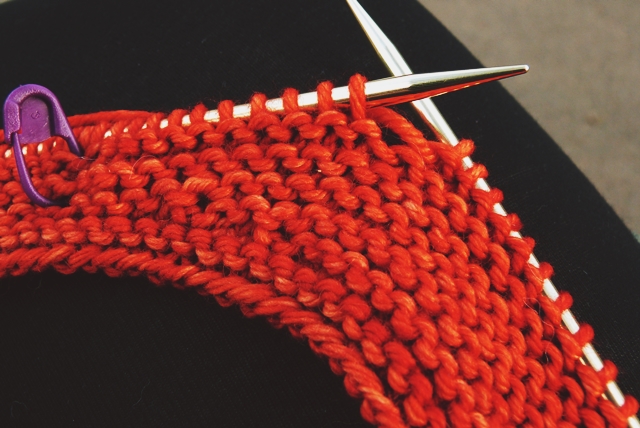
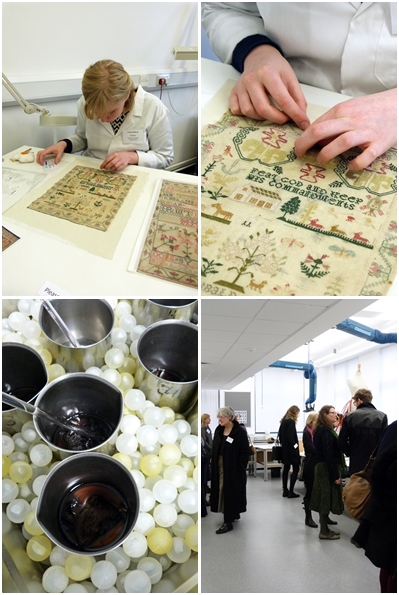 Yesterday I was invited to an event at Glasgow University's
Yesterday I was invited to an event at Glasgow University's 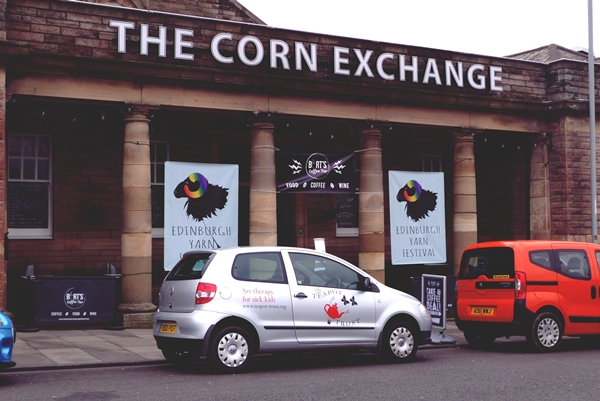 The past weekend saw the second Edinburgh Yarn Festival happen. Just like the first EYF, it was absolutely brilliant. I don't have many photos to show you. I was too busy to take photos and, while appreciative, David does not feel like taking 9500 photos of yarn stalls. I don't quite know why.
The past weekend saw the second Edinburgh Yarn Festival happen. Just like the first EYF, it was absolutely brilliant. I don't have many photos to show you. I was too busy to take photos and, while appreciative, David does not feel like taking 9500 photos of yarn stalls. I don't quite know why.